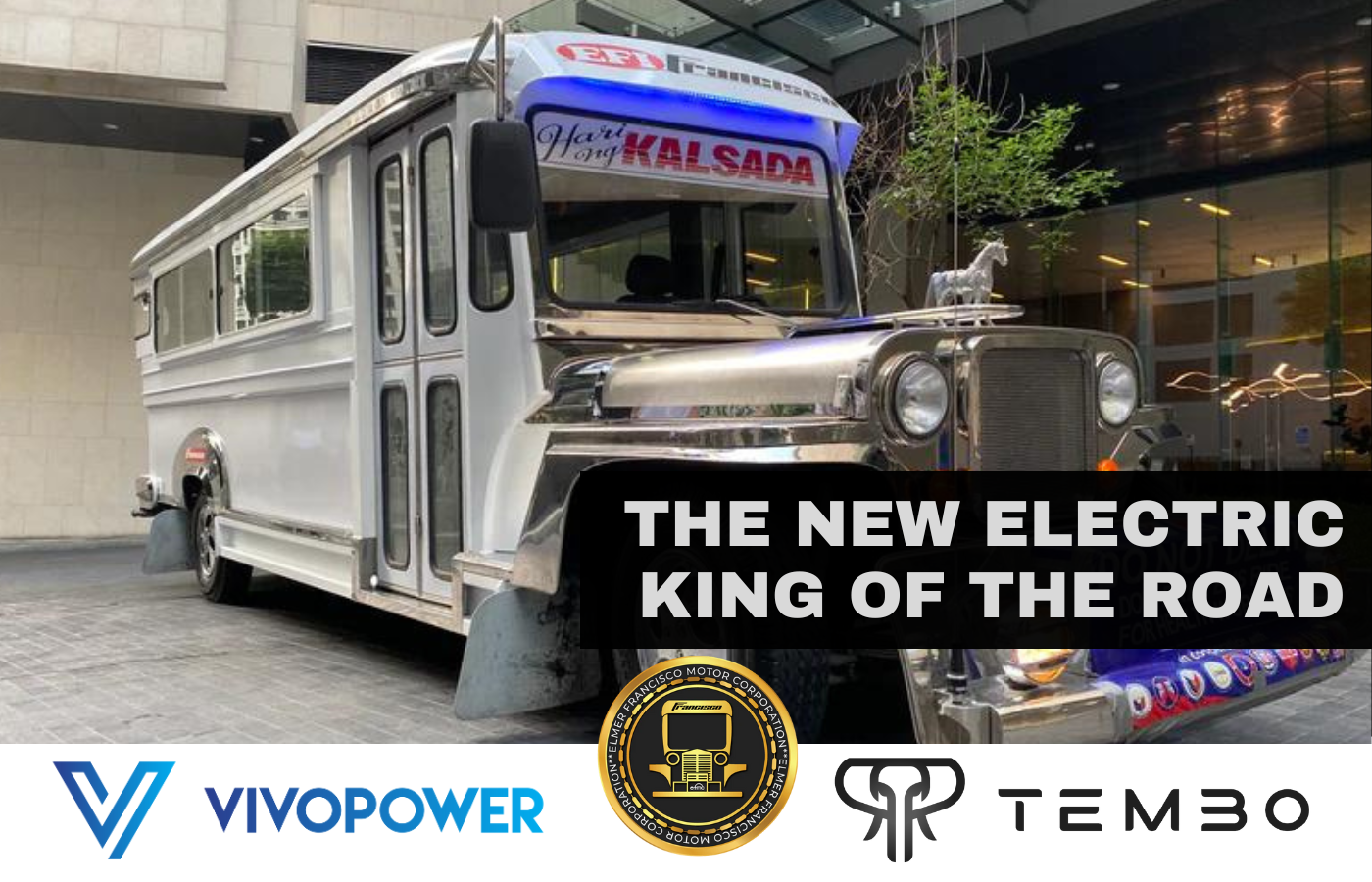Transit Advertising Philippines: An Ingenious Method to Market
Transit Advertising Philippines: An Ingenious Method to Market
Blog Article
A Thorough Examination of the Strategies and Techniques for Successful Transportation Marketing Campaigns
Transit advertising campaigns provide a distinct chance for brands to engage with varied target markets in dynamic atmospheres. To attain success, it is vital to comprehend the nuances of target demographics, execute cutting-edge design strategies, and pick optimal positioning places. Moreover, the performance of these projects can be considerably boosted by closely keeping track of performance metrics and adapting methods accordingly. As we check out these essential components, it becomes clear that the course to an impactful transportation marketing strategy is both detailed and fulfilling, elevating the inquiry of exactly how ideal to navigate these intricacies for optimal brand name presence.
Comprehending Target Demographics
Recognizing target demographics is essential for the success of transit advertising and marketing projects (Transit Advertising Philippines). Recognizing certain target market sectors allows advertisers to tailor their messages efficiently, guaranteeing that the content reverberates with the designated visitors. This technique enhances interaction and optimizes roi
To effectively assess target demographics, marketing experts must take into consideration several crucial factors, consisting of age, revenue occupation, level, and way of life choices. As an example, a campaign focused on young specialists might focus on ease and modernity, while one targeting families could emphasize safety and integrity. Furthermore, geographic factors such as country versus urban setups can significantly affect consumer actions and preferences.
Data collection techniques such as studies, emphasis groups, and social media sites analytics provide beneficial insights right into group trends and customer habits. By leveraging this information, advertisers can craft compelling narratives that line up with the worths and requirements of their target audience.
Ultimately, recognizing target demographics not only notifies the calculated instructions of transportation marketing campaign but also makes sure that resources are allocated effectively. This targeted strategy enhances the chance of achieving project purposes, fostering brand loyalty, and driving conversions.
Imaginative Design Techniques
Efficient communication with target demographics relies heavily on ingenious imaginative style techniques in transit advertising and marketing campaigns. To properly capture attention in a crowded visual setting, developers must prioritize quality and aesthetic influence. Using high-contrast elements and vibrant shades can improve presence, making certain that messages are conveniently readable from a range.
Including vibrant images that resonates with the target audience is vital. Aesthetic storytelling techniques can evoke emotions and create remarkable associations with the brand. In addition, tactical use typography aids convey important information quickly; ideal dimensions and legible fonts additionally boost readability.
Including interactive aspects, such as QR codes or enhanced fact functions, can involve commuters past easy monitoring (Transit Advertising Philippines). These techniques not only promote individual communication but likewise connect the void between typical advertising and electronic interaction
Furthermore, making use of area artistically-- whether on bus wraps, transportation shelters, or subway ads-- can result in innovative designs that break the mold and mildew of standard marketing. By accepting artistic creative thinking while preserving brand consistency, projects can cultivate a solid link with their target market, ultimately driving both understanding and activity. The integration of these style methods is extremely important for achieving successful transportation advertising and marketing results.
Strategic Placement Methods
Maximizing the effect of transportation marketing rests on strategic placement techniques that make certain ideal exposure and involvement. Reliable positioning involves analyzing high-traffic areas and recognizing passenger demographics to identify one of the most beneficial locations for ad display screens. As an example, positioning advertisements near entryways and exits of transit automobiles can capture the focus of boarding and alighting guests, hence improving direct exposure.
Moreover, making use of both exterior and indoor surface areas of transit vehicles can dramatically broaden reach. Outside advertisements, visible during commutes, involve pedestrians and various other vehicle drivers, while indoor advertisements target travelers in a captive atmosphere. Furthermore, placing promotions in transportation centers, such as bus terminals or train terminals, permits for boosted impacts as travelers shift in between various settings of transportation.
Timing is likewise essential; straightening the project launch with peak travel durations optimizes audience engagement - Transit Advertising Philippines. Moreover, leveraging electronic screens en route environments can facilitate vibrant web content, supplying real-time updates and boosting individual interaction. By using these strategic positioning techniques, marketing experts can make certain that their transportation advertising and marketing projects attain maximum visibility, resonate with the target audience, and inevitably drive preferred end results

Measuring Campaign Effectiveness
To evaluate the success of transportation advertising campaigns, it is necessary to use a selection of dimension techniques that offer understandings right into audience involvement and general efficiency. One key method is making use of key performance signs (KPIs), such as reach, impacts, and involvement prices, which evaluate the number of people watched the advertisement and engaged with it.
Surveys and emphasis groups can also be critical in evaluating customer assumptions and recall, allowing marketers to recognize the influence of their messaging. In addition, tracking website traffic and social networks involvement during and after the project assists measure straight reactions to the advertising and marketing.
Another reliable technique is using location-based analytics, which can supply information on foot traffic around certain transit areas, providing Continue understandings right into whether the campaign additional resources efficiently captured the interest of commuters. Moreover, analyzing sales information can disclose relationships between transportation advertising and marketing and raised earnings, supplying concrete proof of a campaign's efficiency.
Case Researches of Success
Recognizing the efficiency of transit marketing campaigns with dimension techniques lays the foundation for checking out real-world examples that show successful outcomes. By using geo-targeted digital advertisements and analytics, the brand measured a 30% increase in sales in regions where the covers were prominently displayed, showing the direct impact of transit advertising and marketing.
Another compelling instance comes from a local nonprofit organization that launched a campaign on subway systems to promote a community event. The usage of direct interaction via technology magnified the project's reach and performance.

Final Thought
In recap, effective transportation advertising and marketing campaigns demand a comprehensive strategy that incorporates an understanding of target demographics, ingenious layout strategies, and critical placement. Collectively, these strategies foster brand presence and make the most of the return on investment in transit advertising and marketing initiatives.
Comprehending target demographics is important for the success of transit advertising projects.Reliable interaction with target demographics depends greatly on cutting-edge imaginative design methods in transit advertising projects. By using these strategic placement methods, marketing professionals can guarantee that their transportation advertising projects achieve maximum visibility, resonate with the target audience, and ultimately drive desired outcomes.
Understanding the effectiveness of transportation advertising and marketing projects via measurement techniques lays the foundation for taking a look at real-world their explanation examples that show successful end results.In summary, successful transit marketing campaigns demand a detailed strategy that integrates an understanding of target demographics, cutting-edge design methods, and strategic positioning.
Report this page